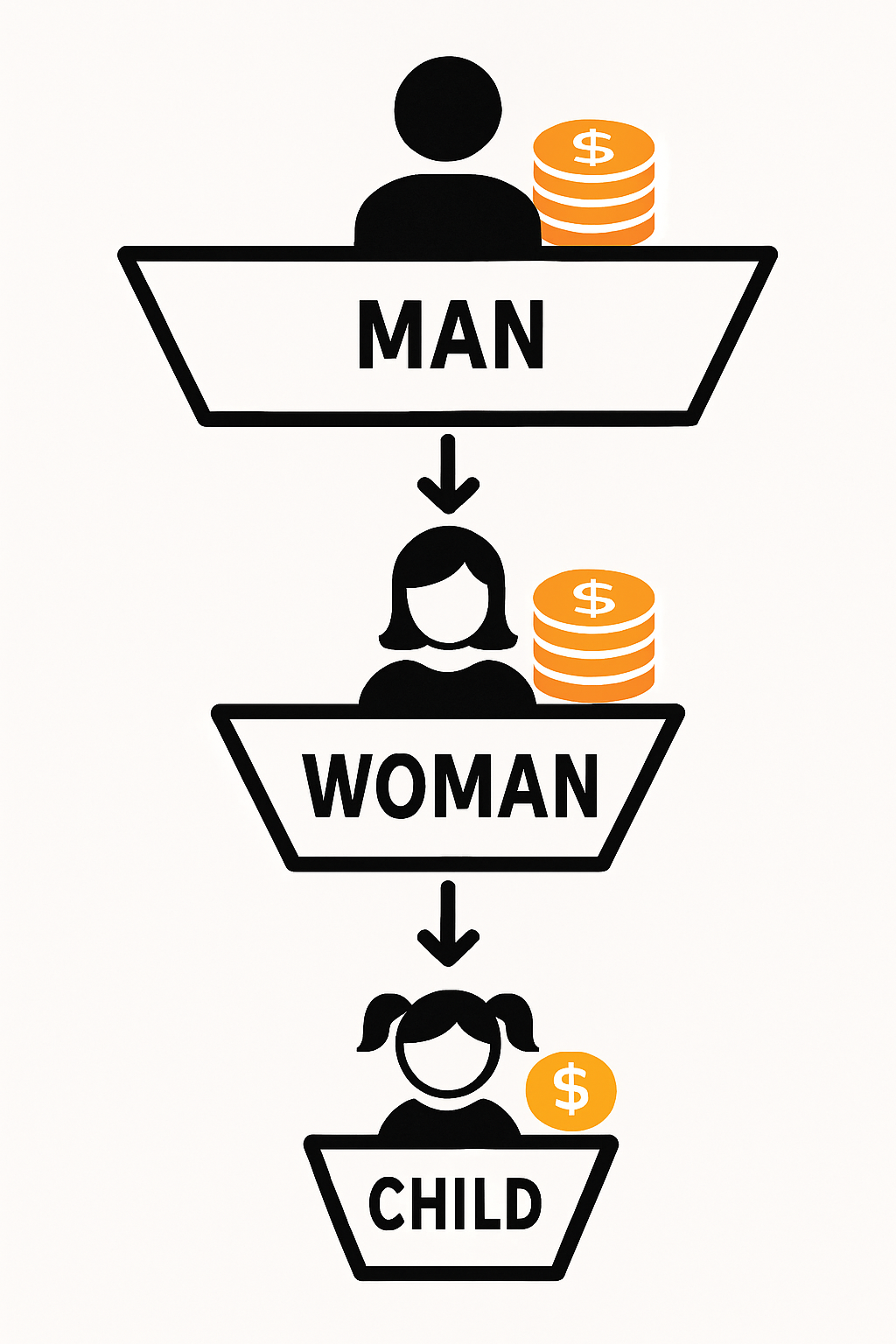Physical Address
304 North Cardinal St.
Dorchester Center, MA 02124
Physical Address
304 North Cardinal St.
Dorchester Center, MA 02124

Throughout history, societies that organized themselves along patriarchal lines—where men assumed primary responsibility for risk and resource provision—tended to survive and thrive. This was not an accident of oppression, but an evolutionary adaptation to harsh realities. When we examine patriarchy not as a system of domination but as a social technology for group survival, its logic becomes clear.
Patriarchy as Risk-Assumption, Not Domination
The defining feature of patriarchy is not male control, but male expendability. Consider the earliest human societies: when dangerous tasks needed doing—whether entering uncharted caves, hunting large game, or defending territory—it was typically men who went first. This wasn’t because women were incapable, but because societies that risked their more expendable members (men) had better survival odds.
The Data Shows:
This created a cultural template where leadership meant going first into danger—a role that became codified as patriarchy.
The Leadership Traits That Sustain the System
True patriarchal leadership isn’t about wielding power—it’s about demonstrating responsibility through sacrifice. The most effective patriarchal systems cultivate:
Modern Evidence:
The Trickle-Down Economics of Patriarchy

The velocity of resources in healthy patriarchal systems follows a clear path:
Men → Women → Children → Community
This isn’t oppression—it’s specialization:
Case Study:
In subsistence societies, men’s hunting yields are shared tribe-wide, while women’s gathered food stays within the family (Evolution and Human Behavior). This dual system ensures both community solidarity and family survival.
Why Modern Societies Struggle With Patriarchy
The problem isn’t patriarchy itself, but corrupted patriarchy—where male leadership becomes selfish rather than sacrificial. Healthy patriarchy requires:
The Alternative?
Matrilineal societies exist (e.g., Mosuo in China) but remain extremely rare—suggesting patriarchal systems generally outcompete them in long-term stability.
The Way Forward
The solution isn’t to destroy patriarchy, but to reform it—returning to its core purpose of enabling group survival through specialized roles. This means:
When patriarchy functions as intended—as a system of mutual obligation rather than domination—it remains humanity’s most proven social technology. The challenge of our age is restoring its proper balance.